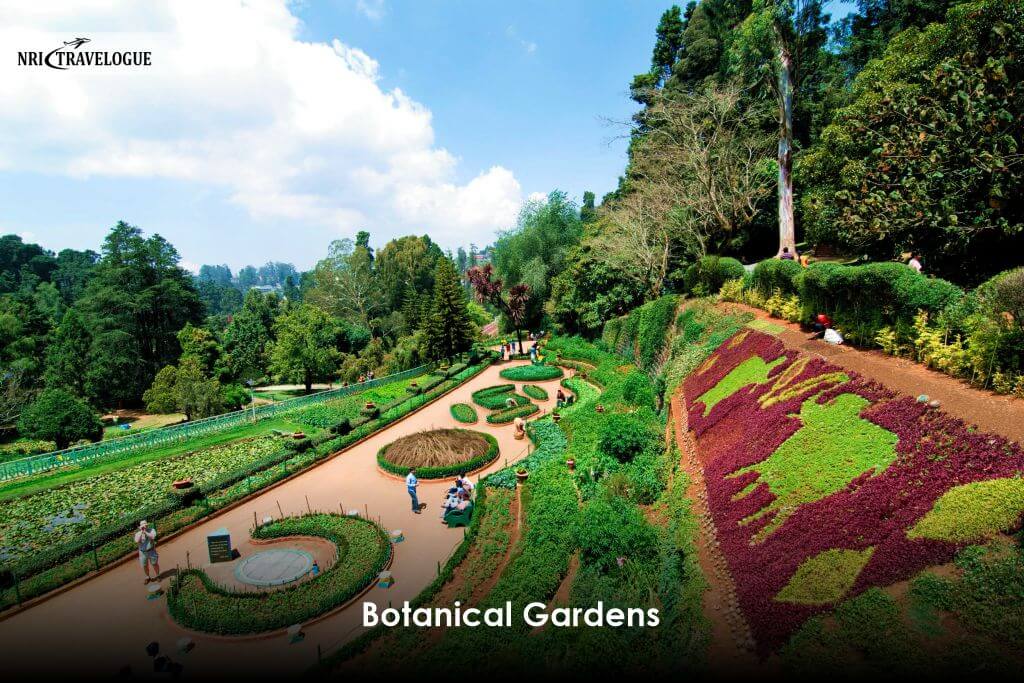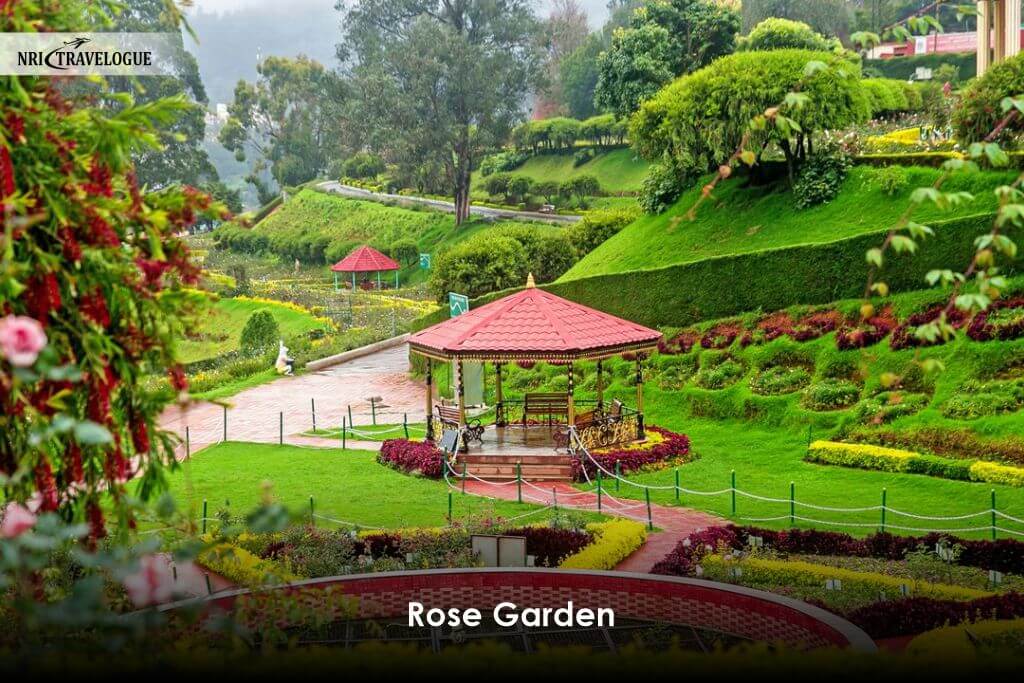When you think of South India, the first images that often come to mind are its sun-kissed beaches, rich temple culture, and bustling cities. But tucked away in the Nilgiri Hills is a serene escape that offers both adventure and tranquility: Doddabetta Peak. Standing at 2,637 meters, it is the highest point in South India and a must-visit for anyone looking to experience nature at its most pristine. Whether you are an experienced trekker or a casual traveler, Doddabetta Peak offers something for everyone.
In this guide, we will walk you through everything you need to know about trekking Doddabetta, the best ways to reach the summit, tips for making the most of your visit, and nearby attractions that will make your Ooty trip truly memorable.
Understanding Doddabetta Peak
Doddabetta, which means “Big Hill” in Kannada, is part of the Nilgiri mountain range. The peak is located about 9 kilometers from Ooty town and is easily accessible by road, but trekking to the top adds a layer of adventure that is hard to resist.
What makes Doddabetta unique is not just its height, but its diverse ecosystem. The surrounding forests are home to sholas, tropical montane forests that are rich in flora and fauna. Early morning treks are especially rewarding, with mist rolling over the hills and a chorus of birds greeting the day. You might even spot the Nilgiri langur, a primate species native to this region.
Planning Your Trek
Trekking Doddabetta Peak is relatively straightforward, but preparation is key. The most common route starts from the foot of the hill near the Doddabetta Road in Ooty. It is a moderate trek, taking approximately 3-4 hours to reach the summit, depending on your pace.
Best time to visit: October to May is ideal. The weather is pleasant, and the skies are usually clear, offering panoramic views of the surrounding valleys. Monsoon season, from June to September, brings heavy rainfall that can make the trails slippery and the trek more challenging.
What to carry: Light trekking shoes, a water bottle, snacks, a camera, and a jacket if you plan to trek early morning or late afternoon. The weather can change quickly at higher altitudes.
If you prefer a more relaxed approach, a well-maintained road allows you to drive almost to the top. However, walking through the forested paths provides a closer connection with nature and offers plenty of photo opportunities.
The Trekking Experience
Starting your trek early in the morning is highly recommended. The trail winds through eucalyptus and oak forests, with occasional openings offering glimpses of the valleys below. The scent of the forest combined with the crisp mountain air makes the journey invigorating.
Trekking Doddabetta is not just about reaching the top; it is about enjoying the journey. Stop by the scenic viewpoints along the trail to take in the expansive views of the Nilgiri hills, tea plantations, and Ooty town in the distance. The hike is moderate, but there are some steep patches. A steady pace and regular breaks are essential to enjoy the trek fully.
For wildlife enthusiasts, the trek provides opportunities to observe several endemic species of birds, including the Nilgiri flycatcher and the black-and-orange flycatcher. If you are lucky, you might even spot a leopard or a wild elephant in the distance, although sightings are rare.
Reaching the Summit
As you approach the peak, the forest begins to thin, and the landscape opens up to panoramic views of the surrounding Nilgiri hills. On clear days, you can see several nearby towns and valleys, making the climb incredibly rewarding.
At the summit, there is a small observatory managed by the Tamil Nadu Tourism Department. The telescope allows visitors to get a closer view of the distant hills and valleys. The peak also features a tea shop, where you can enjoy a warm cup while taking in the stunning vistas. Sunrise or sunset from Doddabetta is particularly spectacular. Watching the sun cast golden light over the rolling hills is a moment that few experiences can match.
Photography Tips
Doddabetta Peak is a photographer’s paradise. Here are some tips to capture the best shots:
- Golden hour: Early morning or late afternoon provides soft, warm light perfect for landscape photography.
- Wide-angle lens: The expansive views are best captured with a wide-angle lens.
- Wildlife shots: Keep a telephoto lens handy to photograph birds and other wildlife from a distance.
- Panoramas: The summit offers several viewpoints for panoramic shots that encompass valleys, hills, and plantations.
Even if you are not a professional photographer, your smartphone can capture breathtaking images, especially when paired with the natural lighting at sunrise or sunset.
Local Culture and Tea Plantations
Ooty is not just about natural beauty; it is also about experiencing local culture. On your way back from Doddabetta, take some time to explore the tea plantations that dot the slopes. The Nilgiri tea here is world-famous, and many estates offer guided tours where you can see the tea-making process from leaf to cup.
Interacting with local workers and learning about their lives provides a deeper understanding of the region. You can also pick up some fresh tea leaves as souvenirs or gifts. Additionally, small local eateries serve traditional South Indian snacks and chai, perfect for a post-trek refreshment.
Nearby Attractions
Once you have completed your trek, there are several other attractions in Ooty worth visiting. For travelers looking for a comprehensive experience, check out our Ooty travel guide for a full list of must-visit locations. A few highlights include:
Botanical Garden: Spread over 55 acres, these gardens feature exotic plants, orchids, and a meticulously maintained rose garden.

Ooty Lake: Ideal for a relaxing boat ride after your trek. Paddle boats and rowboats are available, making it a great spot for families.

Rose Garden: One of the largest rose gardens in India, it features over 20,000 varieties of roses.

Tea Factory and Museum: Learn about the history of tea cultivation in the Nilgiris and sample some of the best teas in the region.

Combining Doddabetta with these attractions ensures a well-rounded Ooty experience, catering to nature lovers, adventure seekers, and culture enthusiasts alike.
Tips for a Smooth Trek
- Start early to avoid midday heat and to enjoy the morning mist in the hills.
- Wear comfortable, non-slip footwear.
- Carry water and light snacks. Energy bars are ideal for a quick boost during the hike.
- Respect the environment. Avoid littering and stick to designated trails.
- Check weather conditions before heading out. Sudden rain can make the trail slippery.
Planning carefully ensures that your trek is not only safe but also enjoyable and memorable.
Conclusion
Trekking Doddabetta Peak is more than just a hike; it is an experience that combines adventure, nature, and culture in a unique way. From the misty trails and lush forests to panoramic hilltop views and tea plantations, every moment is an opportunity to connect with South India’s natural beauty. Whether you are an avid trekker or a casual traveler looking for a refreshing escape, Doddabetta promises a journey that is both invigorating and peaceful.
If you are planning a trip to Ooty, make sure to include Doddabetta Peak in your itinerary. For more suggestions on nearby attractions and planning tips, check out our places to visit in Ooty guide. Pack your walking shoes, a camera, and a spirit for adventure, and prepare to experience the highest point in South India like never before.









